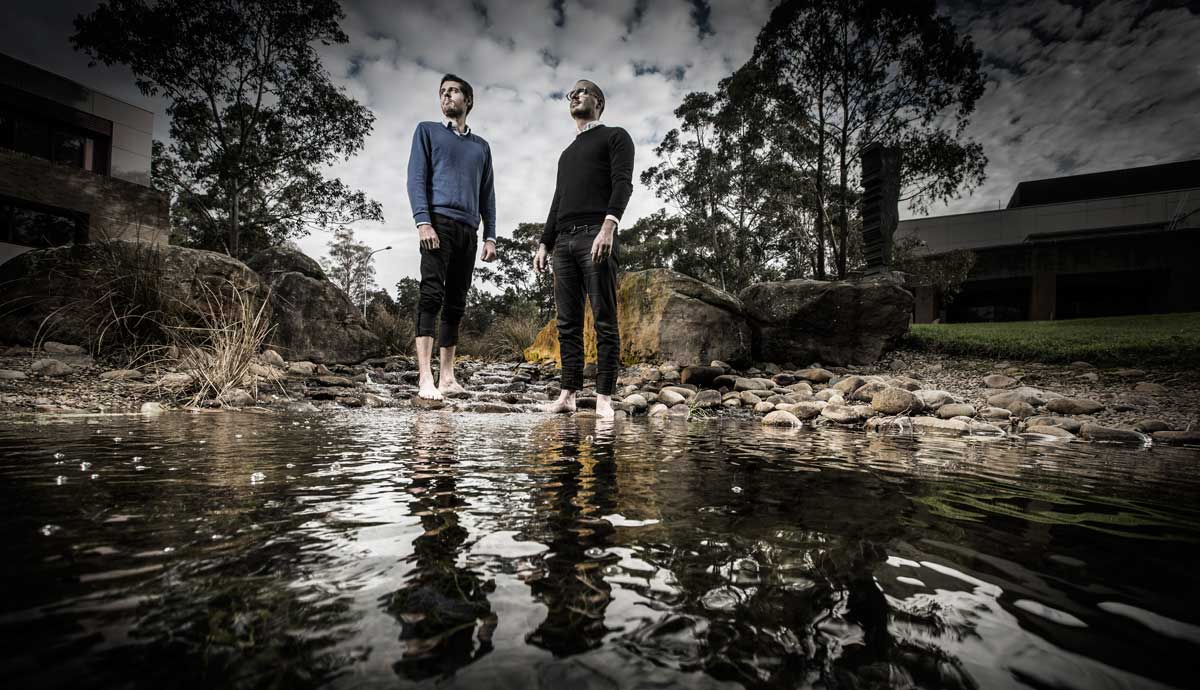October 1, 2015
PetaJakarta.org featured in World Disasters Report
System that turns Tweets about flooding into valuable data is featured in this year’s World Disasters Report.
A system that turns geo-tagged Tweets about flooding in Indonesia’s capital city, Jakarta, into valuable data in real-time is featured in this year’s World Disasters Report.
The report, commissioned by the International Federation of Red Cross and Red Crescent Societies, praises PetaJakarta.org as a case study of community-level response to disasters.
PetaJakarta.org turns geo-tagged Tweets by Jakarta’s citizens into valuable data. The platform allows citizens to share flood information with social media peers while simultaneously providing the Jakarta Emergency Management Agency (BPBD DKI Jakarta) with data to support decision making for disaster response.
The report cites the University’s partnership with both the Jakarta Emergency Management Agency and Twitter Inc., which represents a world first collaboration between Twitter, a university, and a disaster management agency.
| petajakarta.org |
|---|
| PetaJakarta.org is a web-based platform that runs on custom built open source software known as CogniCity. The system turns geo-tagged Tweets into valuable data and, importantly is transferable and could readily be deployed in other cities to address issues such as waste management, transport and traffic congestion, weather emergencies, and even elections and governance. |
“This is a significant achievement as this is effectively the gold standard for developments within the Disaster Risk Management sector,” Dr Tomas Holderness, one of two lead researchers on the project, said.
The World Disasters Report is produced each year by the International Federation of Red Cross and Red Crescent Societies. The Report, which was launched on 1 October 2015, examines the complexities and challenges local actors face in scaling-up and sustaining their humanitarian response.
“Local actors are always the first to respond. In 2015, we saw local people and organisations at the centre of operations rescuing thousands trapped in the rubble after the earthquake in Nepal, setting up evacuation centres in the wake of Cyclone Pam in Vanuatu, and on the frontline of the protracted conflict in Syria,” Elhadj As Sy, the Secretary General of the IFRC, said.
“But their effectiveness goes beyond their proximity. Local groups, including National Red Cross and Red Crescent Societies, are effective because of the perspective they bring, their understanding of language and cultural norms, and because they are permanently present in communities and able to accompany them to address risks before disaster strikes.”
Jakarta is one of the world’s fastest developing cities and is prone to flooding during the monsoon season.
“What we are trying to understand and achieve is how to blend data sources to enable those various communities – responders and the urban poor – to have transparency and access to the information that they are both using,” project co-director Etienne Turpin told the IFRC.
According to the IFRC, in 2013 alone, more than one million people were affected by flooding and 80,000 were displaced.
“Floods often happen very fast, trapping and killing people and often catching communities unawares. The Jakarta Disaster Management Agency (BPBD) in turn struggles to keep up with both flooding patterns that can change by the hour and a consequently constantly fluctuating response,” the report states.
About the report
The World Disasters Report is an annual independent publication commissioned by the IFRC, contributing evidence-based research on the challenges, trends and innovations in disaster risk reduction and crisis management. The report is an important body of research, which builds on discussions at the 2015 UN World Conference on Disaster Risk Reduction in Sendai, and the adoption of the Sustainable Development Goals. It makes a direct contribution to next year’s World Humanitarian Summit where the localisation of aid is one of the key thematic areas of focus.
